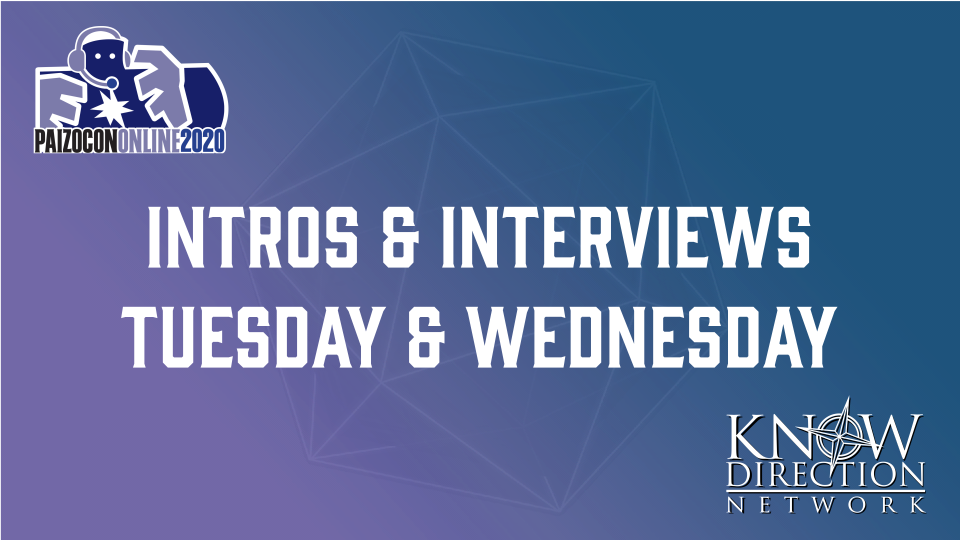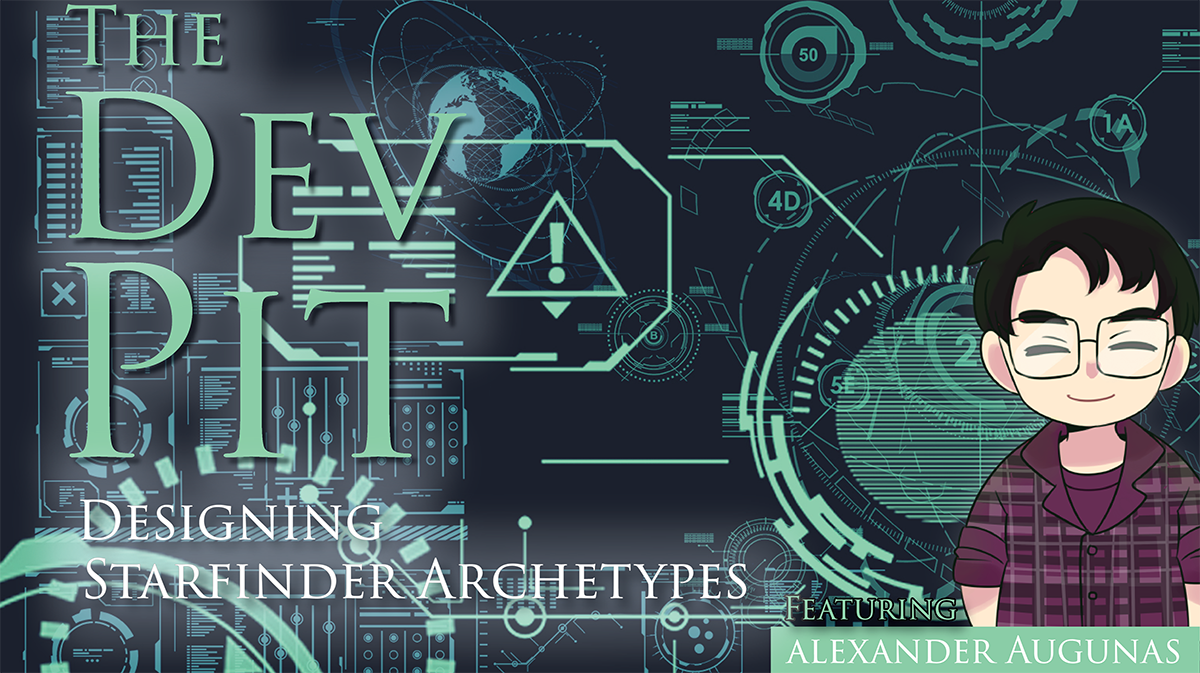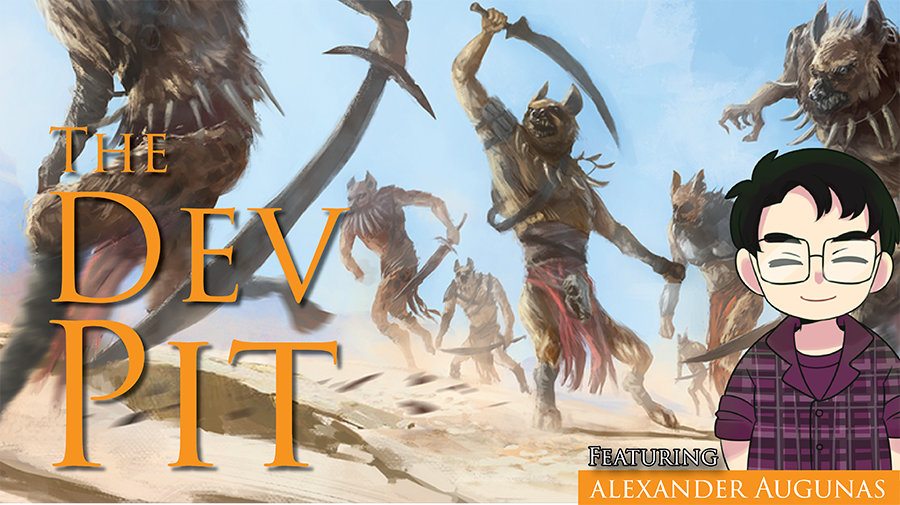Welcome back to Guidance! I’m Alex Augunas, the Everybody Gamers, and today I’m continuing my multi-part series on adapting Tales from the Loop to serve as conflict resolution tool for in-game roleplaying in World of Warcraft! You can check out other installments in the series HERE: Part 1, Setting the Stage | Part 2, Attributes and Skills| Part 3, Class and Race (You are Here) | Part 4, Running Tales from Azeorth.
I want to design Tales from Azeroth as an optional conflict-resolution system that allows in-game roleplayers in World of Warcraft to have a fun, low-rules way to resolve conflict in their In-Game World of Warcraft RP. To this end, I can’t be bothered with any serious character building mechanics; the point of the system is to align with World of Warcraft as it is now and to never truly need a new edition, which means it needs to be able to accommodate the game as it is currently and how it could evolve years in the future.
This week’s installment in the series is Class and Race. Let’s go!
Class: What You Do
Tales from the Loop has a mechanic has rules for what “Type” of kid you are, which includes labels like “Jock” or “Nerd” or “Hacker” or, in the sequel game Things from the Flood, “Party Animal.” In terms of your mechanics, your Type does very little for you; you get a list of three key skills and an iconic item of your own design, and then everything else is roleplaying hooks: your problem, drive, shame, relationships, story hooks, and anchor. There’s also a list of sample names for your character, but considering World of Warcraft has races with diverse cultures and naming conventions, that feels more appropriate there than here.
As mentioned, the big mechanic that your Type gives you is your key skills. When you’re allocating your Skill Points at the start of the game, you’re allowed to have a maximum of 1 Point in each Skill unless it’s a Key Skill; you can have up to 3 points in those. Your iconic item is an item that gives you two bonus dice in any situation where it might be useful. This is sort of a tricky mechanic in World of Warcraft, as its probably REALLY tempting to pick a weapon or a spellbook or something so you have the extra dice for stuff like fighting. Honestly, though, that’s probably fine. A game called Warcraft should let you have good ways to deal with problems using, well War.
So with this in mind, let’s take a minute to look over World of Warcraft’s classes and see what we can do to make them fill the roll of Tales from the Loops’ type.
Death Knight
Key Skills: Inscription, Martial Arts, Shadow
Iconic Item: Deathgate, Mortal Token, Runic Weapon
Demon Hunter
Key Skills: Fel, Martial Arts, Move
Iconic Item: Blindfold, Scars, Warglaives
Druid
Key Skills: Arcane, Druidism, Martial Arts
Iconic Item: Druidic Mark, Nature Effigy, Staff
Hunter
Key Skills: Empathize, Martial Arts, Trapper
Iconic Item: Animal Companion, One-Handed Weapon, Ranged Weapon
Mage
Key Skills: Arcane, Comprehend, Inscription
Iconic Item: Spellbook, Staff, Wand
Monk
Key Skills: Chi, Martial Arts, Move
Iconic Item: Brew, One-Handed Weapon, Staff
Paladin
Key Skills: Lead, Light, Martial Arts
Iconic Item: Prayer Book, Shield, Two-Handed Weapon
Priest
Key Skills: Lead, Light, Shadow
Iconic Item: Dagger, Prayer Book, Staff
Rogue
Key Skills: Martial Arts, Sneak, Toxicology
Iconic Item: Daggers, Dice, Weapon Set
Shaman
Key Skills: Empathize, Martial Arts, Shamanism
Iconic Item: One-Handed Weapon, Staff, Totem
Warlock
Key Skills: Charm, Fel, Shadow
Iconic Item: Grimoire, Rune-Scribed Skull, Staff
Warrior
Key Skills: Force, Martial Arts, Move
Iconic Item: Banner, Two-Handed Weapon, Shield
Looking over this list, I feel like the only thing that’s really missing is a skill for Death Knights to have Death Magic, so maybe that’s something to include in a revision. After all the Shadow isn’t really the same as a Death Knight’s powers, and in Battle for Azeroth death magic definitely started being more of a thing. However, this is a pretty helpful list overall! Let’s move on to Species.
Race: Into the Unknown
When we’re talking about race, we’re moving into unknown territory as far as Tales from the Loop is concerned. After all, Tales from the Loop assumes a mostly real setting, so you can only really play as humans in Tales from the Loop. That being said, we can use Race as a way to get additional customization into our game by looking at World of Warcraft’s racial traits and using that to inform our decisions. Namely, we can have race give the player access to an additional key skill. In addition, we can add some extra flavor to the races by having a mount category. In World of Warcraft, your mount is a large part of how you travel from place to place, and in Tales from Azeroth it would basically be how your character gets around. No real game mechanics, just flavor that your race probably informs. Similar to iconic items, you don’t HAVE to use one of the examples here; its just a common choice for members of that race.
So you get a flavorful mount and one additional key skill from a list of three. Lets check them out!
Alliance
Draenei, Exodar
Key Skill: Comprehend, Inscription, Light
Mount: Elek, Faerie Dragon
Draenei, Lightforged
Key Skill: Comprehend, Light, Martial Arts
Mount: Elek, Lightforged Golem
Dwarf, Dark Iron
Key Skill: Armorsmithing, Martial Arts, Weaponsmithing
Mount: Drill, Ram
Dwarf, Mountain
Key Skill: Gathering, Investigate, Martial Arts
Mount: Griffon, Ram
Gnome, Gnomergan
Key Skill: Arcane, Engineering, Investigate
Mount: Mechanostrider, Plane
Gnome, Mechagnome
Key Skill: Comprehend, Engineering, Investigate
Mount: Aerial Assault Unit, Mechanostrider
Human, Kul Tiran
Key Skill: Alchemy, Inscription, Martial Arts
Mount: Griffon, Horse
Human, Stormwind
Key Skill: Charm, Contact, Empathize
Mount: Griffon, Horse
Night Elf
Key Skill: Druidism, Move, Sneak
Mount: Griffon, Nightsaber
Void Elf
Key Skill: Arcane, Investigate, Shadow
Mount: Voidstrider
Worgen
Key Skill: Druidism, Martial Arts, Move
Mount: Horse, Running Wild
Horde
Blood Elf
Key Skill: Arcane, Enchanting, Light
Mount: Dragonhawk, Hawkstrider, Horse
Goblin
Key Skill: Alchemy, Contact, Engineering
Mount: Rocket, Shredder, Trike
Orc, Feltouched
Key Skill: Lead, Martial Arts, Shamanism
Mount: Kodo, Wolf, Wyvern
Orc, Maghar
Key Skill: Martial Arts, Shamanism, Trapper
Mount: Rylek, Taubulk, Wolf
Nightborne
Key Skill: Arcane, Comprehend, Inscription
Mount: Fox, Magic Carpet, Nightsaber
Tauren, Highmountain
Key Skill: Force, Gathering, Shamanism
Mount: Eagle, Moose
Tauren, Thunder Bluff
Key Skill: Gathering, Martial Arts, Shamanism
Mount: Plainstrider, Kodo, Wyvern
Troll, Jungle
Key Skill: Martial Arts, Move, Shamanism
Mount: Raptor, Wyvern
Troll, Zandalari
Key Skill: Contact, Druidism, Shamanism
Mount: Direhorn, Pterredax, Raptor
Undead
Key Skill: Alchemy, Martial Arts, Shadow
Mount: Bat, Bone Mare
Vulpera
Key Skill: Alchemy, Toxicology, Trapper
Mount: Alpacca, Buzzard, Hyena
Neutral
Pandaren
Key Skill: Alchemy, Empathize, Martial Arts
Mount: Kite, Tiger, Turtle
Moving Forward
And that’s the end of Part 3 of Tales from Azeroth! I hope you’ll join me again next time for Part 4, where I’ll talk a bit about playing Tales from Azeroth at the table. See you soon!

Alexander “Alex” Augunas, the Everyman Gamer, has been playing Tabletop Roleplaying Games since 2007 after a friend pretended to be his father in order to smuggle him out of high school so his gaming group had enough people to run a module. Today, Alex is the owner and publisher of Everybody Games, a co-host on Know Direction: Beyond and RPG Design Club, and a player on Stellar. You can follow Alex’s exploits on Twitter (@AlJAug), on Facebook, or on Patreon. Know Direction fans are also welcome to “@Alex” him on the Know Direction discord server!






